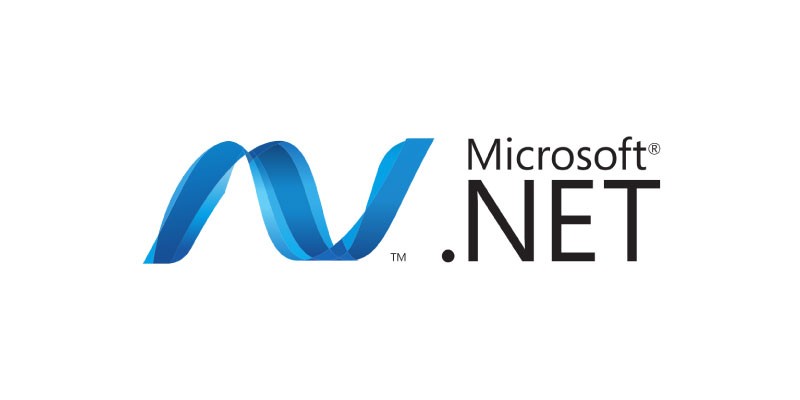- AI

Artificial Intelligence

Smart Products & Services
We follow Smart Products & Services

Intelligent Business Functions & Processes
We follow Intelligent Business Functions & Processes

Robotic Process Automation
We follow Robotic Process Automation

Personalized
healthcareWe follow Personalized healthcare

Identifying at-risk patients
We follow Identifying at-risk patients

Optimized routing and scheduling
We follow Optimized routing and scheduling
- ML

Machine Learning

Predictive
AnalyticsWe follow Predictive Analytics

Service Personalization
We follow Service Personalization

NLP
We follow NLP (Natural Language Processing)

Stock Market Forecasting
We follow Stock Market Forecasting

Fraud Prevention
We follow Fraud Prevention

Recommender engines
We follow Recommender engines
- blockchain
- IOT

Internet of Things
- AR
- Business Solutions

Business Solution

Business Performance Management
We follow Business Performance Management

Decision Making & Big Data Analytics
We follow Decision Making & Big Data Analytics

Enterprise Data Management
We follow Enterprise Data Management
- Apps

Apps

Native Apps
We follow Native Apps

Cross Platform Apps
We follow Cross Platform Apps

Web Apps
We follow Web Apps

Hybrid Apps
We follow Hybrid Apps

Cloud Native Apps
We follow Cloud Native Apps
- Lab

A Guide to .NET Business Technology Solutions Framework in 2022
The advanced technological innovations have led to the creation of next-generation strategies that work in the organisation’s best interest to increase efficiency. From the development of artificial intelligence technologies to the blockchain, each requires creating robust software that supports the overall working. The modern world business technology solutions result from brainstorming, thorough research and proactive strategies towards the growing issues. Since the software plays a crucial role in deciding the success of the technology, it becomes essential to develop future smart frameworks that will support the next-age ideas.
Companies usually hire software developers or agencies to build professional software to avoid errors. Since the entire business works around this, it becomes essential to research and brainstorm what solution might fit the business models perfectly. Though not every software can work for every industry, it gets advised to consult such companies. Take the example of a .net development company reaching heights with its futuristic approach to provide companies with a wide range of features and functions through one solution or strategy. Let’s dive deeper into .net to understand it before thoroughly integrating it into the business structure.
What are .net business technology solutions?

.NET is known as a software development framework designed by Microsoft in 2001. The idea was to build apps that could run seamlessly on Windows. In short, its primary focus was to enable desktop and web app development. The free platform facilitates businesses with various applications with a broad range of features such as cloud infrastructure, web-based services, etc. Moreover, it supports multiple programming languages like Visual Basic and C#. Since the advancement in the .Net, its reliability has increased dramatically, allowing businesses to develop unique website apps. Many companies use the .Net programming language to create websites and online apps, constituting about 40 million global websites. It comes in four types the .NET Framework, .NET Core, Xamarin and Universal Windows Platform (UWP), each having its own set of libraries and frameworks for app development.
History

Microsoft started working on the .NET business technology solutions framework in the late 90s to create a new platform based on managed code. It was done to improve security operations, development procedures, active memory management, etc. However, it got released in 2002, where C# was introduced as the first programming language for writing codes, aiming at Windows servers and computers. Further, it facilitated businesses with WinForms, ASP.NET and ADO.NET, each performing different jobs starting from the GUI library for desktop apps, a web framework and data access, driven by CLR or Common Language Runtime. Additionally, it developed the FCL for businesses. Later on, it improved its working by adding various functions and features like new WPF, APIs, run time updates, etc.
The Advancement of .NET

Microsoft didn’t stop the work here; it made innovations and updated frameworks. It was in 2014 that it announced the new-age solution with .NET Core. The modern day cross-platform open-source framework was the ultimate cloud-friendly inclusion. However, it was in 2016 that it was released to develop new projects with an incredible framework. The .net development company started transferring its services to Core with its release. Above that, it acquired Xamarin, an open-source technology for cross-platform mobile development. The company didn’t stop here and experimented with new functions improving transparency and building WPF, Windows Forms and WinUI frameworks until 2018.
What are .NET 5 and 6?

The world is rapidly moving towards digitalisation or virtual reality. In short, the app development of new technologies supported by software becomes vital. Hence, in 2019, Microsoft announced the release of .NET 5, where all the .NET features and functions will be under one roof. But, due to the sudden pandemic that affected the whole world, the app development technology framework release was delayed until 2020. The .NET 5 leverages companies to develop feature-rich and high-responsive applications for Windows, IOS, Android, Linux, tvOS and macOS., providing modern APIs, languages features and runtime functions. Further, it integrated ASP.NET CORE, WPF, ML.NET, Xamarin, WinForms and Entity Framework Core.
Later the unified business technology solutions framework got updated with a new version, .NET 6, in 2021. It provides the ultimate platform for creating projects across cloud, IoT, browser, desktop and mobile while using the same SDK, libraries and runtime. One of the main features is .NET MAUI or Multi-platform App UI that works as a cross-platform framework to build native desktop and mobile applications using XAML and C#. Furthermore, it improved performance with the reduced project execution time, memory usage and latency time. It also provides unique APIs for JSON process, direct memory manipulation, HTTP/3 and mathematics. Companies searching for high security now consider this framework enabling stability and long-term support.
5 Advantages of .NET Framework
-
OOP

.NET is all about object-oriented programming where the software gets broken into smaller tasks allowing developers to work on each task systematically. This means they need to complete the first task before moving on to the next assigned task. Once each developer completes the task, the work gets compiled and managed more efficiently.
-
Catching System

The .net development company framework catching system provides reliability and easy data storing properties to increase performance. Further, it allows companies to customise their implementation.
-
Cross-platform Development

Unlike other platforms, the .NET Core facilitates organisations with a cross-platform .NET, leveraging developers to run code on macOS, Windows and Linux smoothly. It allows businesses to integrate various platforms within their ecosystem, enhancing the development experience.
-
Automatic Monitoring

Since the development and coding process is a tedious job with high chances of going wrong, the automated monitoring features of the ASP.NET notifies the developers when there is a memory loss, loop pop ups, etc.
-
Easy Maintenance

Its advanced modular design helps launch and maintain the apps easily, allowing experts to resolve issues by fixing errors or updating its version. The professionals are highly trained and experienced, which mitigates the use of scripts or data to find the cause of the error.
The technological advancement will continue with the development of new ideas and strategies to facilitate businesses with modern era business technology solutions. .NET has matured over the past decades enabling companies or developers to build high-performance apps that enhance user experience and automate major work processes. Its advancement is beneficial to the ever-growing and changing business models integrating any new technology that comes in the way.



















































Leave a Reply